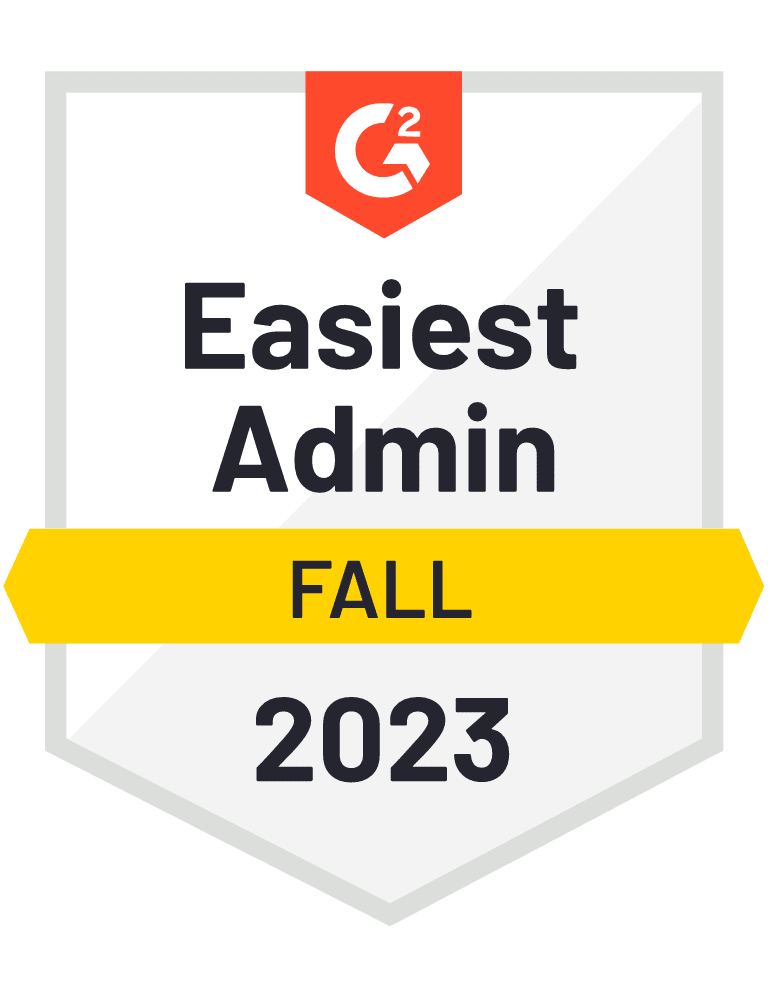3 Ways to Extend a Great Candidate Experience Through Onboarding
Spring is finally here! It’s that time of year when everything starts to feel new again.
OK, so what if you had that same feeling only a few months ago when the new year began? Let’s run with this metaphor! The sun is shining longer, flowers are blossoming, Netflix is premiering new shows, performance reviews are finally done — life and work are brimming with exciting new possibilities! You’re feeling good!
This is exactly how candidates feel when you tell them they’re hired. It’s also how you probably feel after your best candidate accepts a job offer. All that time and effort on both sides have finally earned you both the prize you desired.
Now what?
Unfortunately, it’s the “now what?” that many organizations overlook once candidates convert to employees. Having gone to great lengths to provide a terrific candidate experience, they often fail to give new hires the same level of consideration. (The big assumption is that companies have, indeed, treated job applicants well. Many do not.) It’s as if they view acquiring the best talent as the last step of a long process, but here’s what such employers fail to realize:
Just because candidates decide to work for you doesn’t mean they actually want to work for you. At least, not yet.
That’s because the end of the recruiting process isn’t an end at all. It’s a continuation of a relationship that began when a candidate first connected with your brand. And like any relationship, it takes constant work to nurture. What’s more, if you wine and dine people while they’re candidates only to ignore their feelings and needs once they become employees, they will dump you.
In other words, don’t paint the picture of spring for your new hires, only to drop them right in the middle of hurricane season (yes, another metaphor). Treat them like they’re still coveted candidates to reinforce that they made the right choice to work for you. Onboard them with an employee experience that matches their candidate experience. Here’s how:
Keep It Real
Create accurate first impressions. Second ones, too. Then make sure that you meet people’s expectations on Day One. And Day Two. Candidates hate employers that bend the truth as much as you hate exaggerations on resumes. In fact, research shows that about 1 in 4 employees say that they felt misled by the interview process and were consequently less likely to be engaged.
Sure, you can — and should — hype what’s great about working at your company, but be realistic. Don’t describe a Ferrari only to pick up your new employee in a Ford Fiesta.
Not that there’s anything wrong with a Ford! The point is to give a realistic job preview that truly reflects your company and the role — and then deliver on that promise by making sure your onboarding process aligns with your employer brand. For instance, if you touted openness and collaboration during interviews, create opportunities for new hires to meet with colleagues and leaders during orientation.
Create Structure
Creating a structured onboarding experience might sound like a formal and cumbersome endeavor, but relax. There’s a difference between “structured” and “formal.” Think back to your hiring approach. It probably had some degree of structure that involved timelines and procedures to follow, while actual interaction and conversations with candidates were likely infused with a good level of informality.
Consider doing the same with your onboarding process. Communicate with new employees like they’re, you know, new employees. Like they’re real people. Ask them how things are going. Inquire about their personal lives and interests. Don’t direct them to online chatbots for every question. Which isn’t to say that you shouldn’t give them a good online experience — make sure your intranet doesn’t look like it’s from 1987 and that it has relevant information that’s easy to find.
At the same time, develop actions for your new hires to take throughout their first several months, or even their first year. Given that employees who don’t undergo structured onboarding are more likely to exhibit lower engagement, it’s vital to create a process that maintains excitement and encourages success. For example:
- Day One might include setting expectations, defining roles, and socializing with the immediate team. Don’t leave new hires sitting at their desks with nothing to do — or lack of supplies to do nothing with.
- Month One could include designating a buddy to help a new hire feel more welcome, navigate the workplace, and understand its written rules and — even more importantly — unwritten cultural norms. But make no mistake: A buddy is not the person who should be addressing issues related to work and performance — that’s the manager’s job.
- Year One: Research by Gallup shows that employee engagement peaks for most people during their first six months on the job — which isn’t saying all that much because even at that point, only 52 percent of people are engaged. Additionally, 86 percent of senior executives and HR staffing and recruiting professionals concede that a new hire’s decision to stay long term with an organization happens within the first half-year. At this stage, and beyond, whether you’re still technically onboarding people is less relevant than simply making sure you’re making them feel as wanted as the day you both said, “I do.” (Last metaphor, I promise!)
Focus on the Future
During the interview phase, you and your candidates probably discussed all sorts of opportunities for learning and development at your organization, a future in which they’d be able to build new skills and grow professionally. You essentially promised them an eternal springtime (I broke my promise, I know).
Now that your candidates are employees, they especially expect opportunities to elevate their careers, not after a year, not after six months, not starting next month. They want to begin applying — and bolstering — their skills as soon as possible. They don’t want to feel like victims of a bait-and-switch hiring ruse. Your employees want to demonstrate the skills you hired them for, as well as access to development resources to continually improve their skill set.
So begin by having regular career discussions with individuals about their aspirations — because you can’t help people achieve their professional goals if you don’t know what they are. Then provide chances for people to make those aspirations a reality.
When it comes to your onboarding process, there’s no better time than now to spring into action! (I couldn’t resist!)
Learn how you can create a remarkable onboarding experience with Viventium Talent in our weekly talent product webinars, hosted every Thursday at 11:30 am EST.
This information is for educational purposes only, and not to provide specific legal advice. This may not reflect the most recent developments in the law and may not be applicable to a particular situation or jurisdiction.










